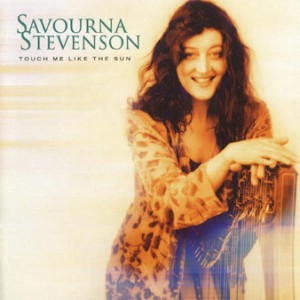The Herald
Rob Adams
Savourna Stevenson / Anuna, Glasgow Royal Concert Hall
It’ll no’ a’ be as refined as this, the 20 days and nights of music, song, and dance frae a’ the airts that is the seventh Celtic Connections. Yet while this opening concert presented something of a restrained overture, in its own way it also gave a fair taste of where what we are about to hear and see comes from and where it’s going.
With the lightest of compositional touches, versatile harper Savourna Stevenson led her string quartet on an odyssey inspired by Scottish song, subtly integrating jazz figures and blues voicings with north-east ballad and Gaelic waulking melody.
An impressive and interestingly conceived composition which was both attractive and easily digested, Stevenson’s new three-part work set an apt scene for the bite-size works that the 17-piece Irish choir, Anuna, presented with support from a chamber orchestra comprised of members of Scottish Opera’s orchestra and a well-marshalled Irish dance troupe.
Introduced with roguish wit by founder Michael McGlynn and sung with carefulness and charm, Anuna’s repertoire is a time-travelling mini-Celtic Connections-and-beyond in itself, taking in the works of eighth-century Irish bishops, traditional songs from Ireland, Finland, and Spain, a tribute to the late Jeff Buckley, and even an Elvis Costello adaptation.
Widely found though all this is, it all fits together remarkably seamlessly, and while this latest visit didn’t have quite the dramatic impact as their candle-lit presentation of a year or two back and at times flirted precariously with tweeness, there’s a haunting quality to the sound of these voices which can make even the overexposed She Moved Thro’ The Fair sound fresh.

